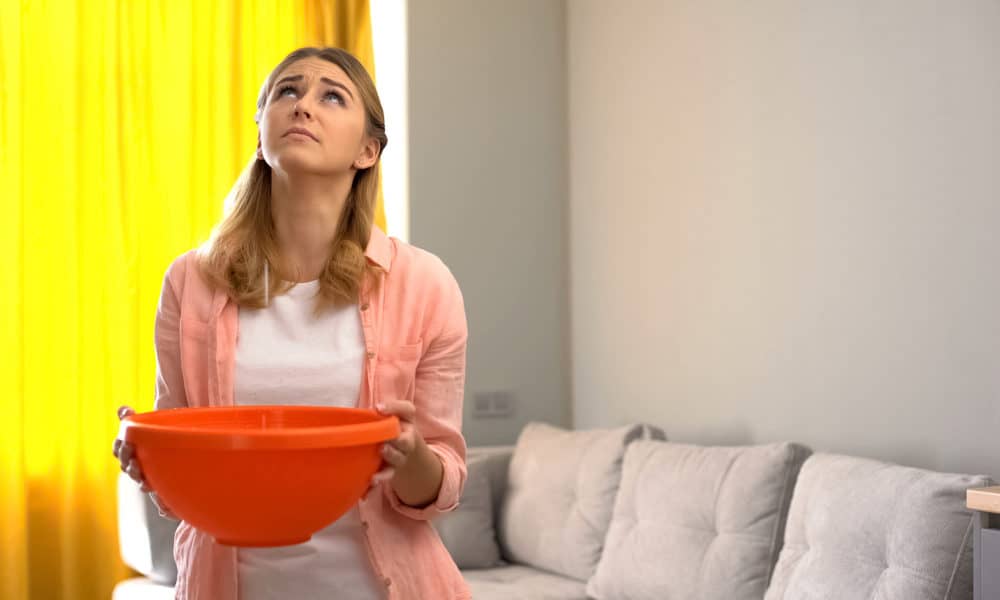

In this damp, wintery weather, mold is more likely to find your way into your home. The good news is, mold is an easy problem to fix. There’s an abundance of mold removal services to help you restore you home to its former glory. In the meantime, if you suspect that there might be mold in your home, here are some signs that will be able to help you tell.
Unexplained Physical Symptoms
Mold produces a lot of harmful spores, which can impact the health of people which are in its presence for long periods of time. Most people who are exposed to it experience irritation in their upper-respiratory track. This leads to symptoms like coughing and wheezing.
Subsequently, if you already have an upper-respiratory track condition such as asthma, mold in the home could worsen your symptoms. Another common symptom to look out for – especially in adults – is an irritation in the eyes. Health issues related to mold can, in some cases, be a lot more serious.
Some people may be allergic to the substance without realizing it, which would lead to a reaction. Others might experience mycotoxicosis, or mold poisoning. This leads to flu-like symptoms like headaches, fever and breathing difficulties.
Because of the health risks, it is important to act fast against mold for your own well-being.
Your Home Has a Leak or Water Damage
Mold spores thrive in moist conditions. So, if you have a leak in your home that is ongoing and hasn’t dried out, it is likely you have, or will develop, mold.
Signs of water damage include ‘bubbly’-looking walls, softened wood, a ‘warped’ appearance on ceilings and floors and an unexplained damp carpet. A lot of mold removal services also offer water-damage repair services and vice versa.
Your Home has a Musty Odor
If there is an unusual, damp odor in your home, that is a surefire sign that mold is growing. Although it doesn’t smell very pleasant, it can be useful. The smell of the mold can help you track down where it is if it’s in a hidden location. The stronger the smell, the closer you are to the source.
Increased Humidity & Condensation
Humidity is a way of describing the amount of water vapor in the atmosphere. The higher the humidity, the higher the levels of water vapor.
There are a number of reasons your home might be humid, which include:
- poor ventilation
- rain entering the house
- leaks in the home
- high rainfall
- faulty seals on door/window frames
- inadequate damp-proofing
As a preventative measure, it is useful to stop humidity. Luckily, you can stop a lot of these common causes on your own, or you could call in a professional to solve them.
Unfortunately, if your home is humid, this can cause condensation. Areas of condensation are a hub for mold growth, so by preventing humidity, you are preventing condensation and subsequently preventing areas mold can grow in the home. If this is a problem in your property, you can get dehumidifying machines for fairly cheap.
Rust and Other Deterioration
Apart from windows, a further indication that you may have condensation and damp/humid conditions is if you see visible rusting where there wasn’t any before. You should also look out for other suspicious signs of deterioration in the home such as wet patches, a ‘warped’ ceiling or floor, a suspiciously damp carpet or softened floorboards.
Visible Mold
Mold in the home might look different to mold you usually see on food. Whereas food on mold is a pale green, mold in the home tends to be darker: such as black blotches on the walls.
If you notice any of the issues mentioned above, be sure to get them checked out by a professional as soon as you can. If left to fester, mold and dampness can cause serious health issues to a property’s inhabitants and can also begin to damage and erode the structure of a house. By catching the problem early, you could save a lot of hassle and money.
YOU MIGHT ALSO LIKE:
3 Essential Ways to Kill The New Homeowners Game























